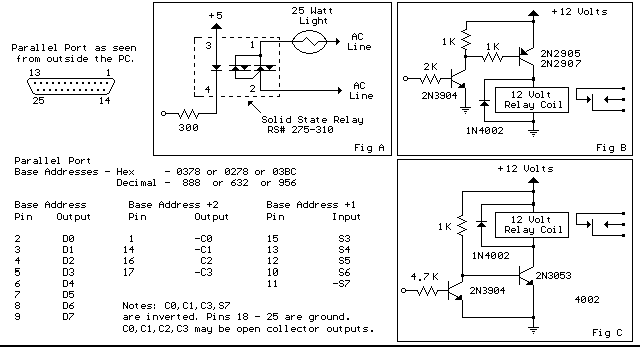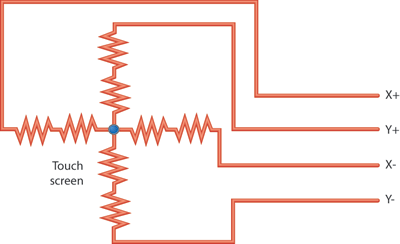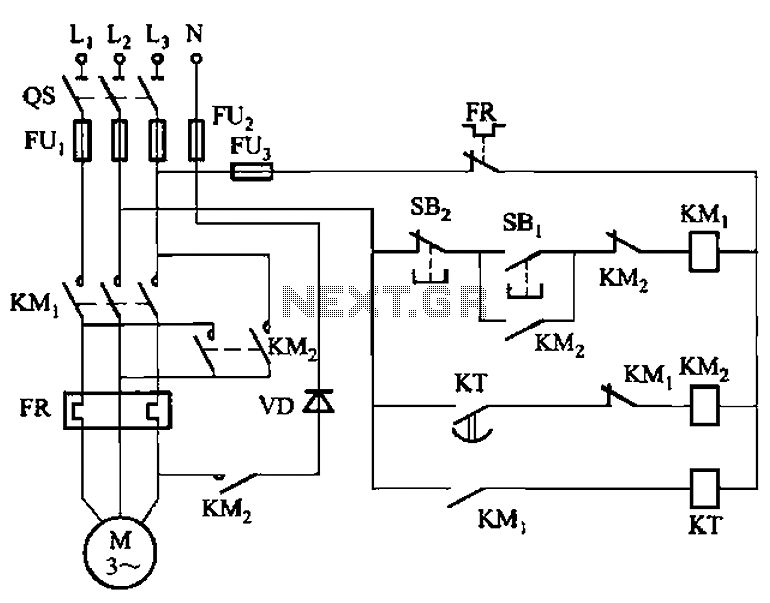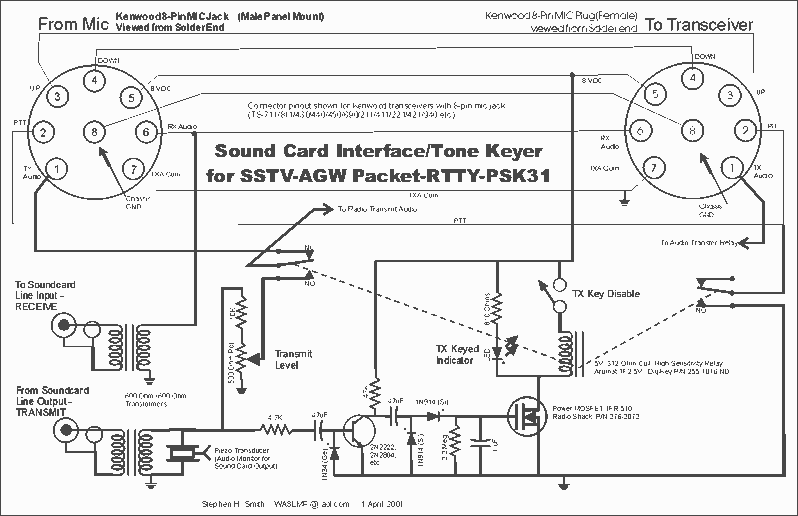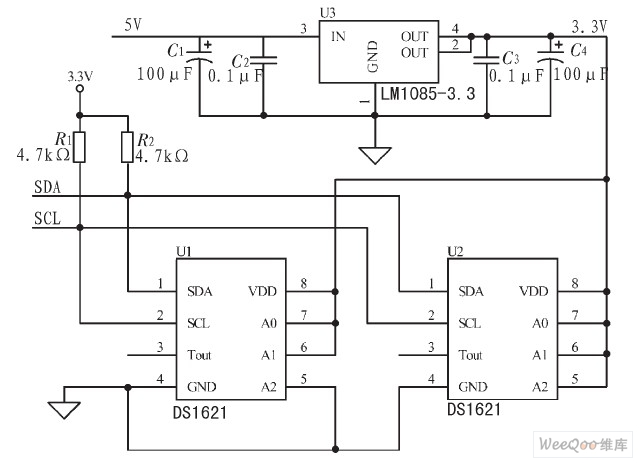
Central Locking Interface
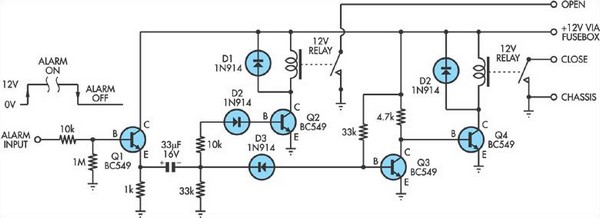
Some inexpensive car alarms lack a connection for the central locking system. However, in most cases, it should be possible to identify a point within the alarm circuit.
Many budget-friendly car alarm systems are designed with basic functionalities, often omitting advanced features such as integration with the vehicle's central locking system. Despite this limitation, it is frequently possible to locate a suitable point within the alarm circuit that can facilitate a connection to the central locking mechanism. This may involve identifying specific terminals or wires within the alarm module that can be interfaced with the locking system of the vehicle.
To achieve this integration, a detailed examination of the alarm's wiring diagram is essential. The alarm circuit typically consists of several key components: the main control unit, sensors (such as door and motion sensors), sirens, and output connections. The main control unit acts as the brain of the system, processing signals from the sensors and activating the alarm when necessary.
When attempting to connect the alarm system to the central locking system, one must locate the output terminals that control the locking and unlocking functions. This is usually done by tracing the wiring from the vehicle's door lock actuators to the alarm system's control unit. It is crucial to ensure that the connection does not interfere with the normal operation of the vehicle's locking system.
In some cases, a relay may be required to facilitate the connection between the alarm system and the central locking system. The relay can act as a switch that is activated by the alarm system, allowing it to control the locking mechanism without directly interfacing with the vehicle's wiring. Proper installation and configuration of this relay are vital to prevent any damage to either the alarm system or the vehicle’s electrical components.
Overall, while many inexpensive car alarms may not provide built-in support for central locking integration, with careful analysis and appropriate wiring techniques, it is often feasible to establish a functional connection that enhances the security features of the vehicle.Some cheap car alarms do not have a connection for the central locking system. However, in most it should be possible to find a point in the alarm circuit.. 🔗 External reference
Many budget-friendly car alarm systems are designed with basic functionalities, often omitting advanced features such as integration with the vehicle's central locking system. Despite this limitation, it is frequently possible to locate a suitable point within the alarm circuit that can facilitate a connection to the central locking mechanism. This may involve identifying specific terminals or wires within the alarm module that can be interfaced with the locking system of the vehicle.
To achieve this integration, a detailed examination of the alarm's wiring diagram is essential. The alarm circuit typically consists of several key components: the main control unit, sensors (such as door and motion sensors), sirens, and output connections. The main control unit acts as the brain of the system, processing signals from the sensors and activating the alarm when necessary.
When attempting to connect the alarm system to the central locking system, one must locate the output terminals that control the locking and unlocking functions. This is usually done by tracing the wiring from the vehicle's door lock actuators to the alarm system's control unit. It is crucial to ensure that the connection does not interfere with the normal operation of the vehicle's locking system.
In some cases, a relay may be required to facilitate the connection between the alarm system and the central locking system. The relay can act as a switch that is activated by the alarm system, allowing it to control the locking mechanism without directly interfacing with the vehicle's wiring. Proper installation and configuration of this relay are vital to prevent any damage to either the alarm system or the vehicle’s electrical components.
Overall, while many inexpensive car alarms may not provide built-in support for central locking integration, with careful analysis and appropriate wiring techniques, it is often feasible to establish a functional connection that enhances the security features of the vehicle.Some cheap car alarms do not have a connection for the central locking system. However, in most it should be possible to find a point in the alarm circuit.. 🔗 External reference
